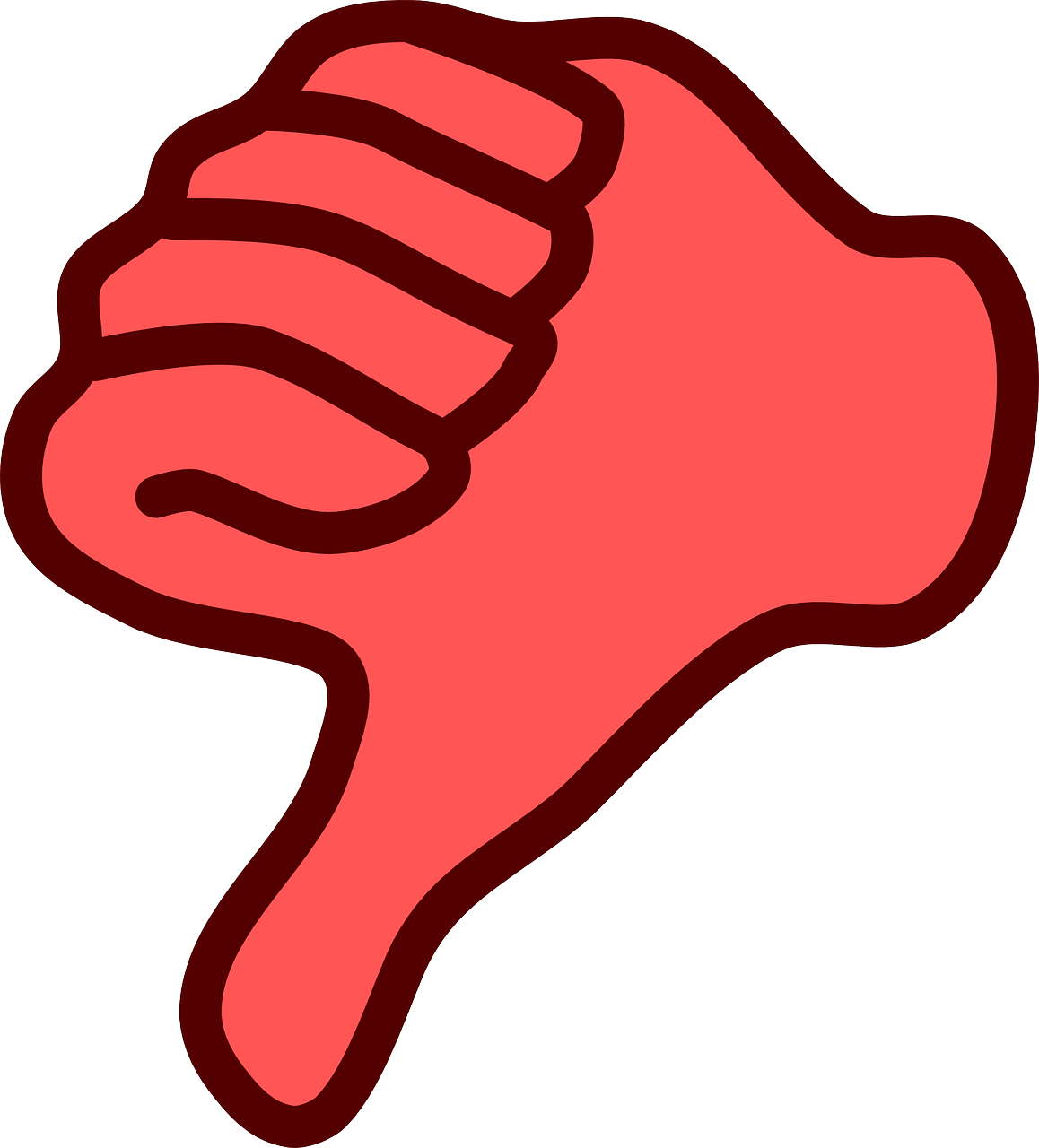For the most part, search engine optimization (SEO) platforms all carry the same basic functionality. They form the foundation of your SEO and content marketing efforts. Helping you determine what keywords you should target and on which topics you should focus. For the most part, they work quite well, providing a detailed breakdown of a particular keyword’s traffic numbers, competitiveness, and permutations.
It’s valuable data, indeed. But what happens when that data is incomplete? What if, for one reason or another, none of your SEO tools provide you with any insights? Should you continue onward or step back and rethink your keywords?
What Causes Gaps in Keyword Data?
Generally, if your research tool is drawing a blank with a keyword you’ve provided, this can mean one of several things.
- The keyword is highly niche, to the point that they’re rarely searched.
- The keyword is from Google’s ‘restricted’ list.
- There’s something wrong with the keyword you’ve chosen.
- Too complicated
- Worded poorly
- Not a phrase your audience typically uses in search
How Do You Deal With Keyword Gaps?
Your first step here is evaluation. You need to be certain that the issue here is with your niche rather than with your keyword choice. There are a few steps involved here.
- Search Quora, Reddit, Facebook, and/or Twitter. Is anything coming up? Are people using the keyword you’ve chosen in regular discussion, or does there seem to be a complete dearth of conversation?
- Enter your keyword into Google and take a look at the Search Engine Results Page (SERP). What sort of content do you see there? Are all the top results competitors in your target niche?
- Use a keyword suggestion tool. See if any of the alternative keywords it suggests have better traffic than the one you’ve chosen.
- Analyze your competitors’ websites. What keywords do they typically rank for? Are they similar to the ones you’ve chosen?
- Look at your analytics data. What organic search terms seem to bring the most people to your site, and which ones generate the most leads? Note that in some cases, organic search data may simply display as “not provided.”
As a bonus, if your keyword of choice doesn’t quite work, this process will help you refine things.
Should You Target a Different Niche?
Once you’ve established that your choice of keyword is not the problem, you have a decision to make. You need to ask yourself if it’s worthwhile targeting this topic or niche. Is it something you’re certain your audience will be interested in, and will the leads it generates be worth the effort it demands?
Only you know the answer to these questions, and only you know for certain what decision is the correct one.









